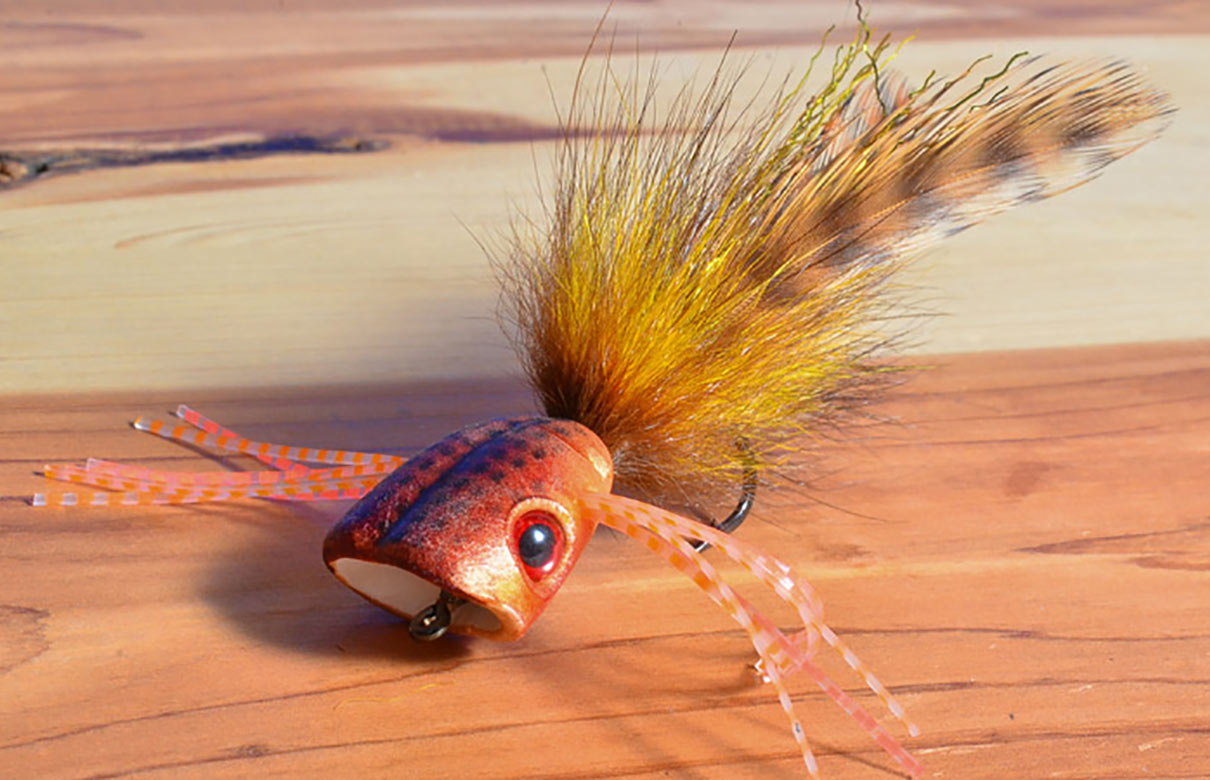How to Tie the Double Barrel Popper
By: Charlie Craven
 Foam poppers can be as detail-oriented as traditional deer-hair flies. (Charlie Craven photo)
Foam poppers can be as detail-oriented as traditional deer-hair flies. (Charlie Craven photo)
As I get older, I’m finally realizing that things that seem simple on the surface are often more complicated than they appear. When editor Ross Purnell returned from a trip to Venice, Louisiana, he told me that schools of bull redfish had mangled a foam popper. He asked me to write about building a durable, functional foam popper, and I brazenly thought, “No problem.” As I dug into the subject a bit more, and enlisted the advice and experience of my good friend and foam popper tier extraordinaire Brian Schmidt, I realized how much thought and design goes into these things.
Like many of us, I’ve tied poppers for a long time, but my personal preferences, based on an elevated sense of self-worth and tradition, have dictated that I use only perfectly tied deer-hair poppers. Foam poppers always seemed like the low-rent, quick-and-easy versions of what should be a considerable time investment in both the learning process and each individual fly. Boy, was I wrong. As it turns out, foam poppers are just as interesting, and can be just as detail-oriented as good deer-hair flies. They can be beautiful, or just about as simple as you like.
I’m going to share with you the best way to secure the foam head so it doesn’t break loose and spin, the proper placement of the hook shank to produce the best “pop,” and how to attach durable eyes. And I’ll share a cool new trick I’ve learned using compressed air and permanent markers to airbrush colors and patterns onto the foam heads.
READ THE FULL STORY ON FLY FISHERMAN